As a result, this type of stainless steel tubing is usually formed into hypodermic needles for medical applications. It is a slender, hollow, cylindrical length of stainless steel, typically 316 or 304 grade, with a puncturing point made at one end to form a needle. Read More…
Cada Stainless & Alloys has the stainless steel tubing that you need. We also specialize in the supply of stainless steel strips and coils, providing many finishing options, processing options, and other customization options.
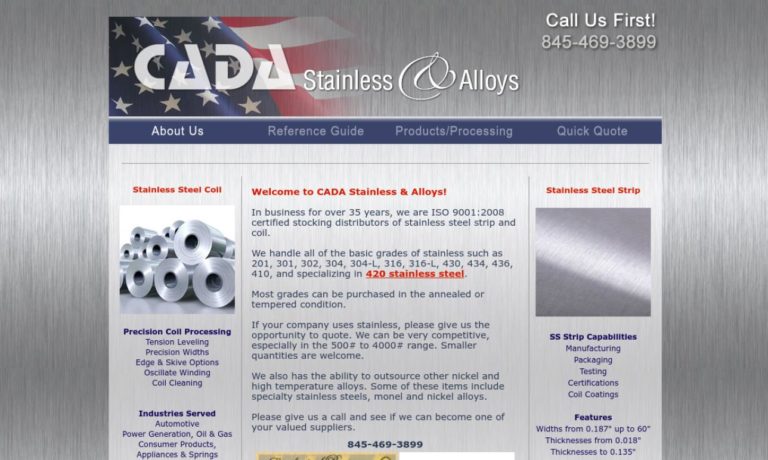
Welded Tubes has a variety of tube shapes and tube sizes: squares, rectangles, hexes, octagons, etc., including many metric OD's. We make automotive, retail, safety, and medical tubing. Our steel tubing is suitable for any applications, including for high-end consumer products; it is high strength, made to tight tolerances, and aesthetically pleasing.

Welcome to Appleton Stainless Incorporated, where we pride ourselves on our expertise in providing high-quality stainless steel tubing solutions to meet the diverse needs of our clients. With years of experience and a commitment to excellence, we have established ourselves as leaders in the industry, delivering innovative products and services tailored to exceed our clients' expectations. Our...
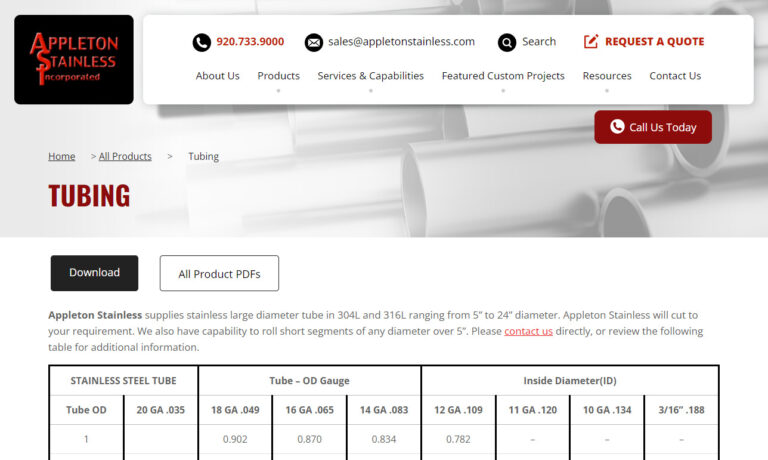
You’ll find the finest structural and ornamental polished stainless steel tubing at Century Tube Corporation! This stainless tubing manufacturer solves a broad range of stainless steel tube applications in a variety of industries. Discover the complete capabilities of one of the oldest and strongest stainless steel companies!

More Hypodermic Tubing Manufacturers
In terms of needle applications, there are a variety of diameters of hypodermic tubing that work best for certain requirements. For instance, large diameter hypodermic tubing are used for blood donation because the wideness of the needle allows for the removal of blood at a much quicker pace than would be allowed by an average or small diameter hypodermic tube.
Small diameter hypodermic tubing, on the other hand, should not be used for blood donations because the small size of the needle will rupture the red blood cells and make the blood unable to be utilized by recipients. In addition to needle applications, hypodermic tubing is also utilized for spacers, hypodermic guide wires, cannulas and hypodermic capillary tubing in the medical, mechanical, electronic, chemical and aeronautical industries.
Hypodermic tubing is differentiated from other types of tubing by its own set of gauge sizes. For example, fractional tubing is measured by outside diameter and wall thickness, using common fraction sizes like 1/4" outside diameter combined with a .035" wall thickness. Hypodermic tubing comes in thin, regular and heavy wall varieties. Hypodermic tubing may be offered in 6", 12", 24" or 36" lengths. However, hypodermic tubing, or needle tubing, is categorized by gauges, which are determined by the outside diameter and the inside diameter of the tube.
Hypodermic tubing can range from .005" to .259" outside diameter and .002" to .239" inside diameter. Hypodermic tubing gauges are generally found numbered between 3 and 35, the smaller the number, the larger the diameters. For medical applications, the largest usable gauge size is 7, while the smallest usable gauge size is 33.
Hypodermic tubing gauges are rooted in the Birmingham Gage, which is otherwise known as Stub's Iron Wire Gage and also measures the thicknesses of pipes. Hypodermic tubing manufacturers should have gauge size charts available to assist in deciding which type of hypodermic tubing is needed for a specific application.






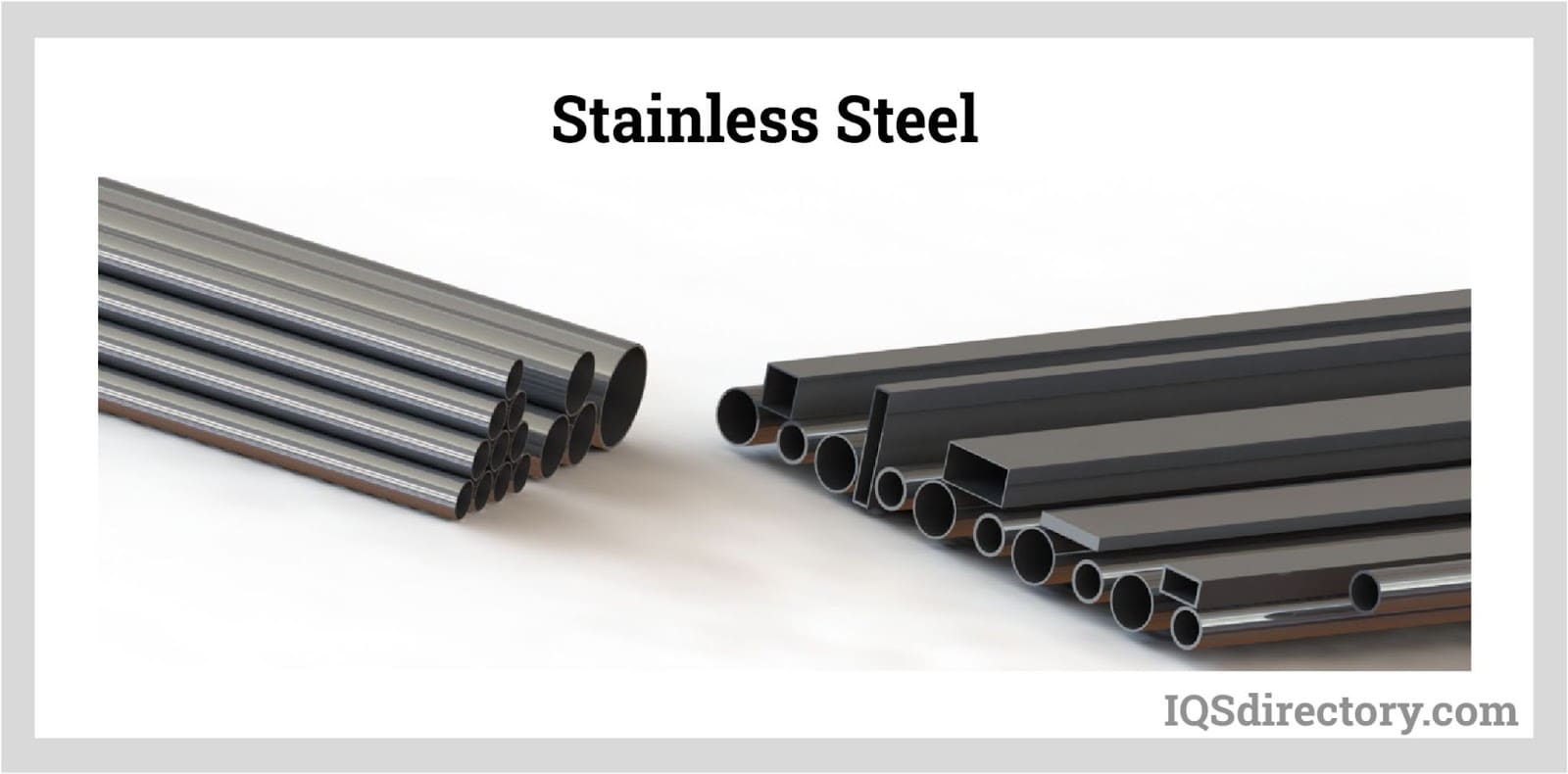
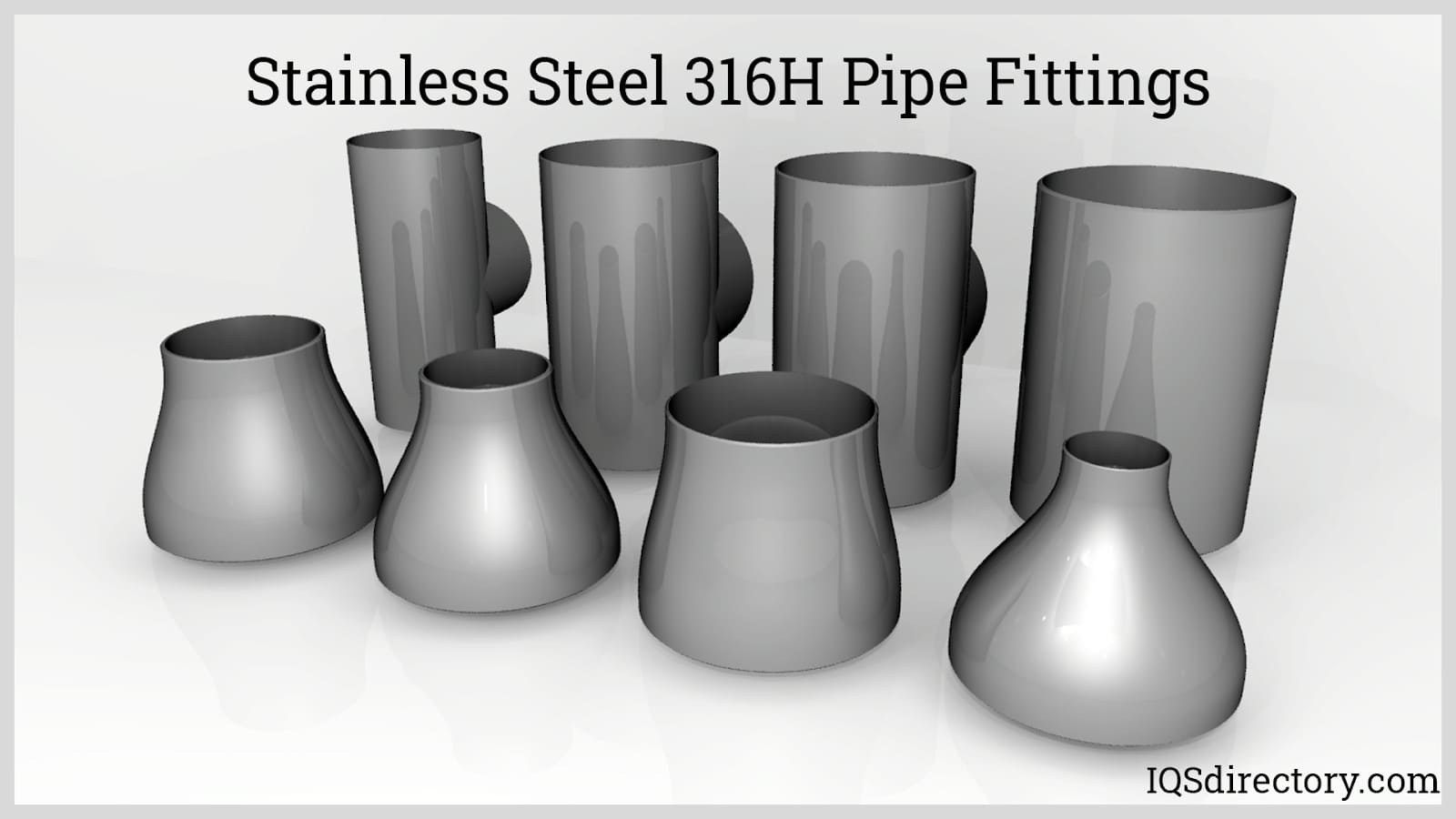
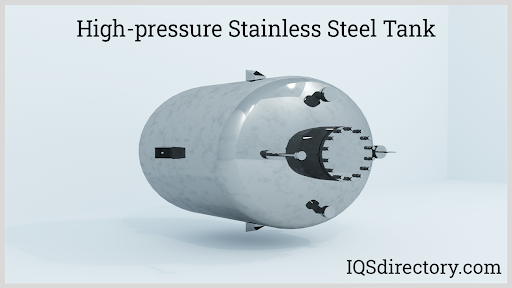
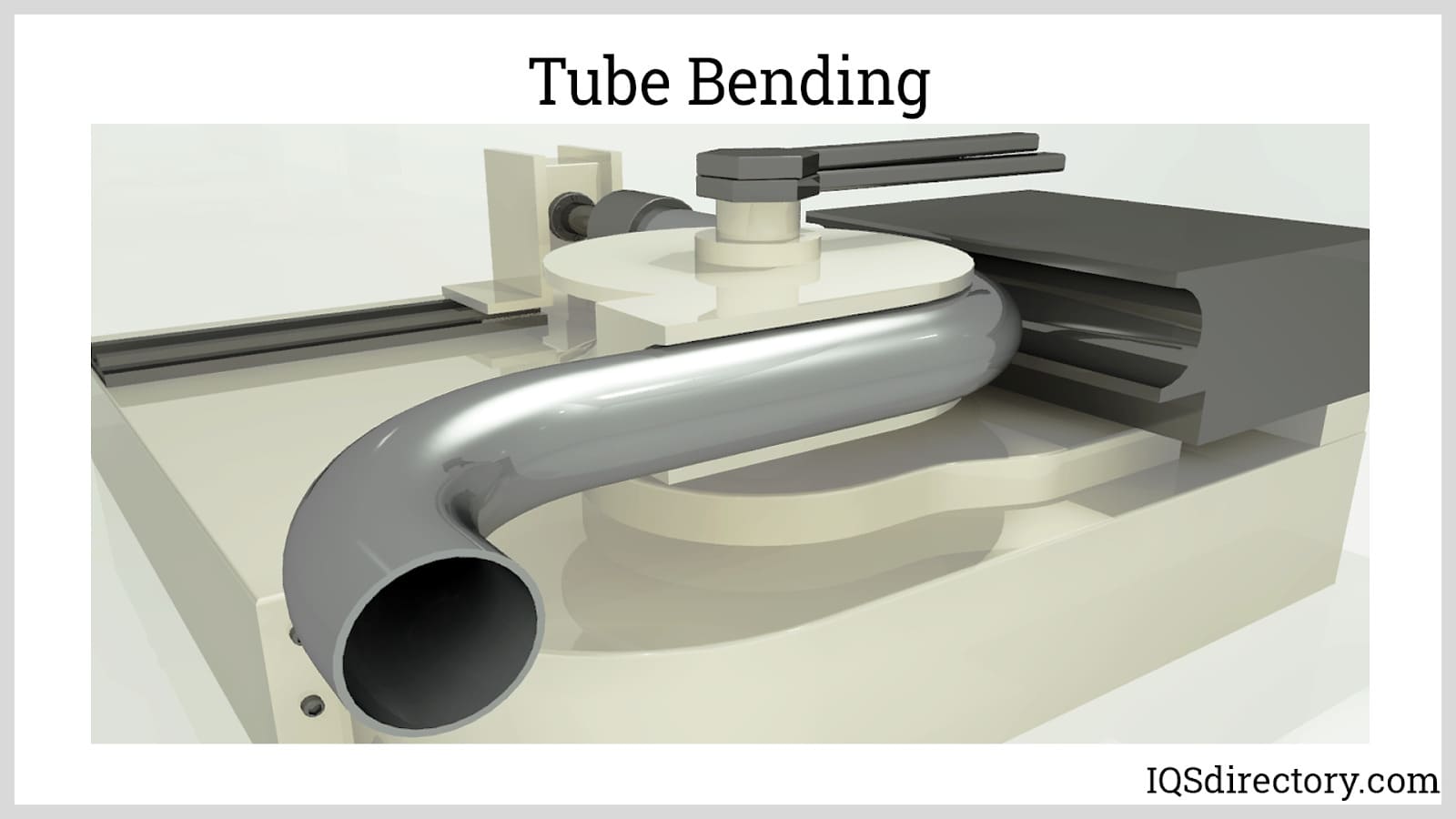

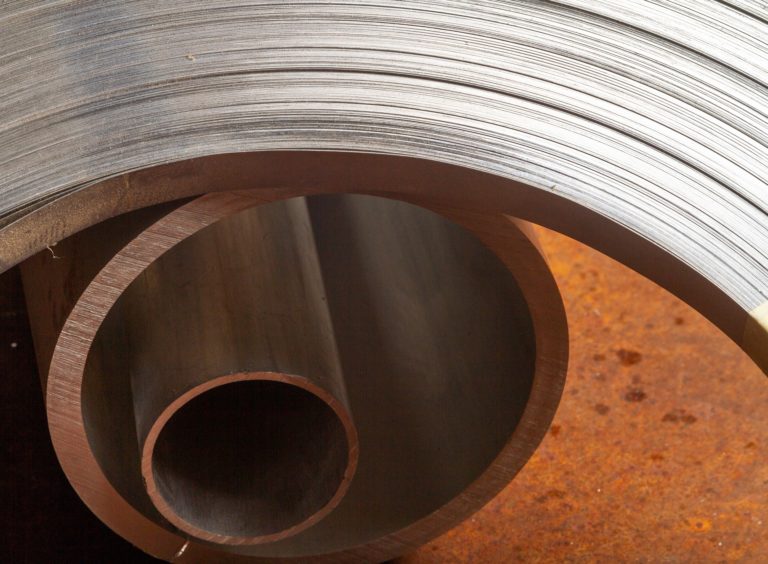 Alloy Suppliers
Alloy Suppliers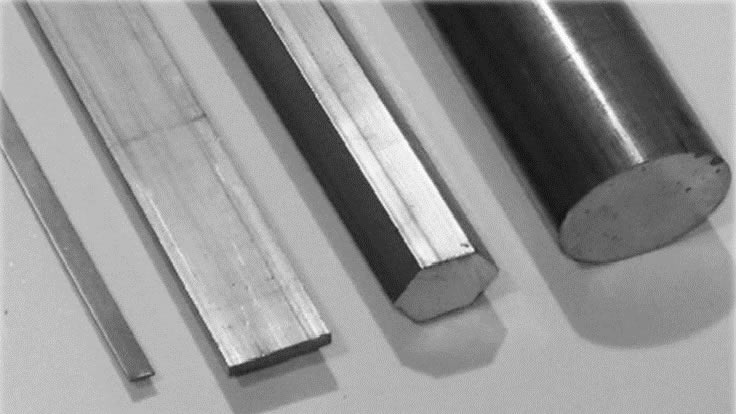 Aluminum
Aluminum Aluminum Extrusions
Aluminum Extrusions Copper-Brass-Bronze
Copper-Brass-Bronze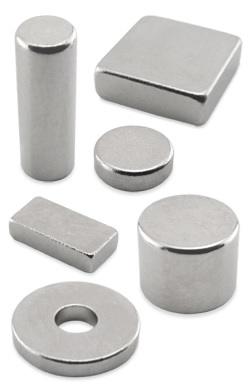 Magnets
Magnets Nickel
Nickel Stainless Steel
Stainless Steel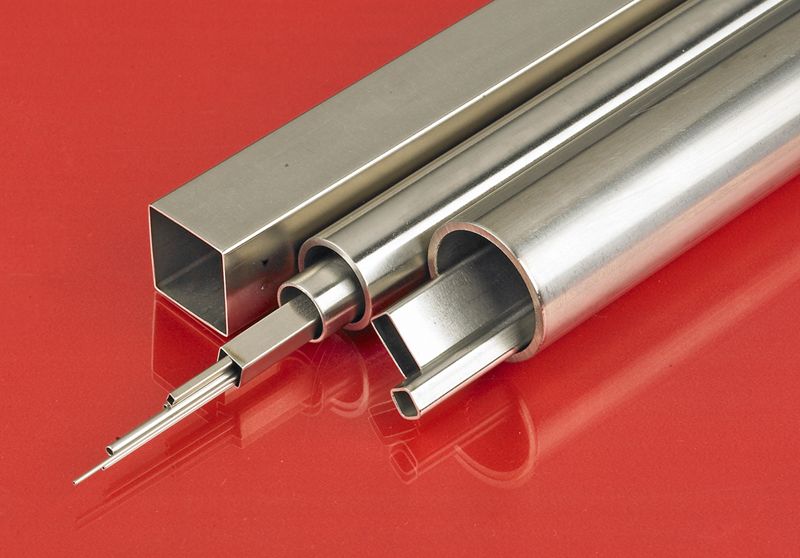 Stainless Steel Tubing
Stainless Steel Tubing Steel Service Centers
Steel Service Centers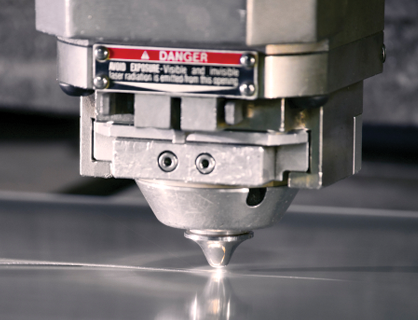 Titanium
Titanium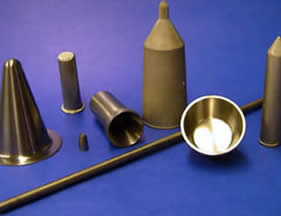 Tungsten
Tungsten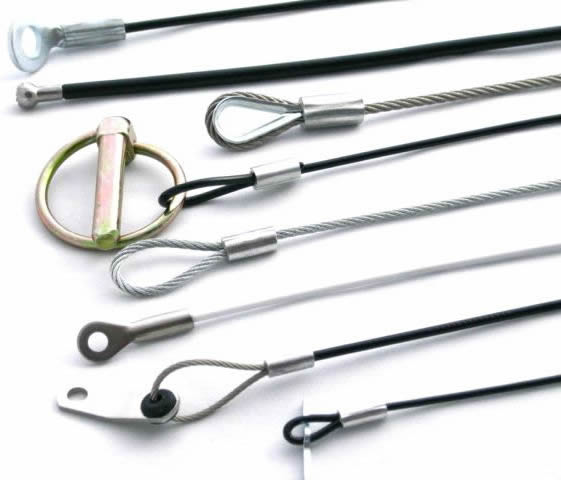 Wire Rope
Wire Rope Castings & Forgings
Castings & Forgings Bulk Material Handling
Bulk Material Handling Electrical & Electronic Components
Electrical & Electronic Components Flow Instrumentation
Flow Instrumentation Hardware
Hardware Material Handling Equipment
Material Handling Equipment Metal Cutting Services
Metal Cutting Services Metal Forming Services
Metal Forming Services Metal Suppliers
Metal Suppliers Motion Control Products
Motion Control Products Plant & Facility Equipment
Plant & Facility Equipment Plant & Facility Supplies
Plant & Facility Supplies Plastic Molding Processes
Plastic Molding Processes Pumps & Valves
Pumps & Valves Recycling Equipment
Recycling Equipment Rubber Products & Services
Rubber Products & Services